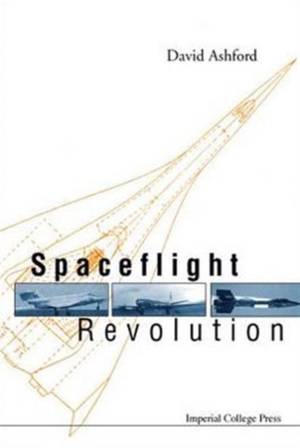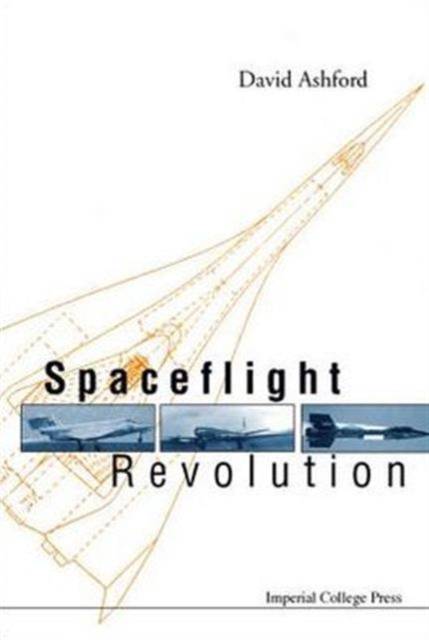
- Afhalen na 1 uur in een winkel met voorraad
- Gratis thuislevering in België vanaf € 30
- Ruim aanbod met 7 miljoen producten
- Afhalen na 1 uur in een winkel met voorraad
- Gratis thuislevering in België vanaf € 30
- Ruim aanbod met 7 miljoen producten
Zoeken
Omschrijving
A revolution in spaceflight is likely soon with the prospect of everyday access to orbit within fifteen years. Costly launch vehicles based on ballistic missiles will be replaced by 'spaceplanes', using technology that exists today. In five years' time, a prototype could be built, and with a further ten years of detailed development, the design could approach airliner maturity, reducing the cost of sending people into space some one thousand times to around US$20,000.Spaceplane development has, in effect, been suppressed by entrenched thinking and short-term vested interests. But the present monopoly of large government space agencies is becoming unsupportable, and the market that understands the very real opportunities for space travel will be reaching critical mass in the near future.This book examines these issues and shows why space tourism will one day become the single largest business in space, and how astronomy and environmental science will be transformed by low-cost access making possible instruments vastly larger than those of today.
Specificaties
Betrokkenen
- Auteur(s):
- Uitgeverij:
Inhoud
- Aantal bladzijden:
- 204
- Taal:
- Engels
Eigenschappen
- Productcode (EAN):
- 9781860943201
- Verschijningsdatum:
- 31/12/2002
- Uitvoering:
- Hardcover
- Formaat:
- Genaaid
- Afmetingen:
- 172 mm x 252 mm
- Gewicht:
- 625 g

Alleen bij Standaard Boekhandel
+ 272 punten op je klantenkaart van Standaard Boekhandel
Beoordelingen
We publiceren alleen reviews die voldoen aan de voorwaarden voor reviews. Bekijk onze voorwaarden voor reviews.











